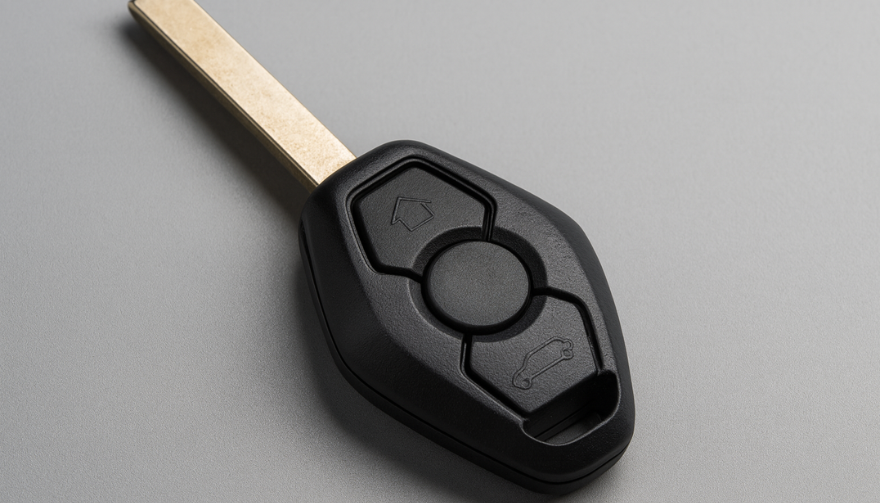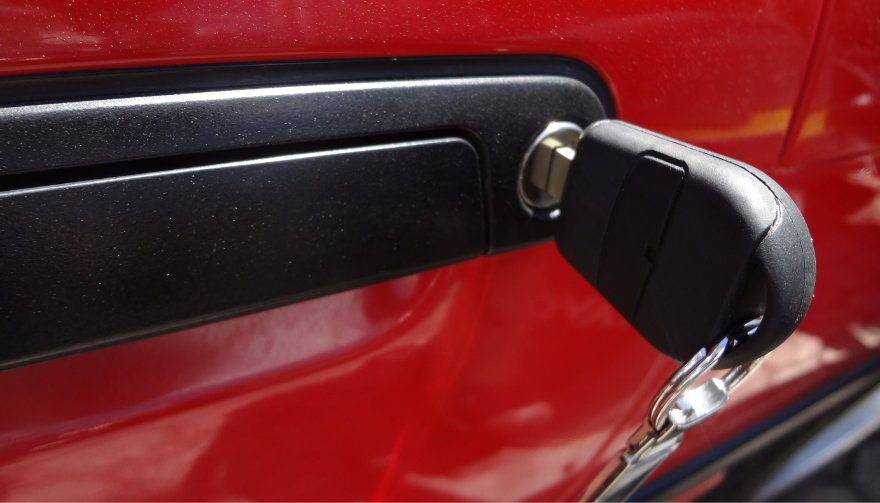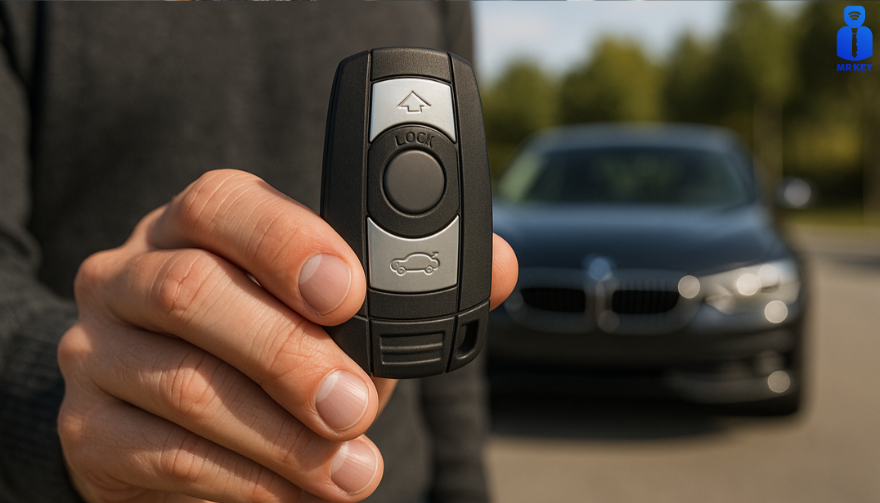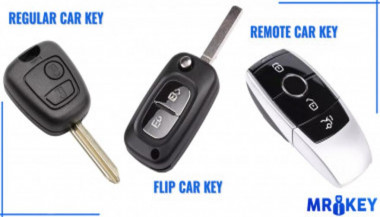Ordering the wrong BMW key case leads to delays, extra cost, and keys that won’t start your car. BMW has used multiple key designs across generations, so identifying your key type before buying is essential.
This guide shows you how to correctly identify your BMW key case and avoid costly mistakes.
Why Accurate Key Identification Matters
BMW keys are part of the vehicle’s immobilizer system. If you choose the wrong case, your internal electronics and transponder chip may not fit correctly, leaving you with a remote that won’t start your engine. Many BMW key fobs look similar but differ in frequency, board layout, and blade type.
Dealerships confirm keys by VIN and part number because BMW key components are not universal. Independent key services require the same accuracy.

BMW Key Types (Quick Identification)
| BMW Key Style | Model Years (Approx.) | Identification Clues |
|---|---|---|
| Classic metal key | Pre-1995 | No remote buttons, some have a small built-in torch light |
| Diamond key (EWS) | 1995–2005 | Diamond shape, 3 buttons, no battery door, rechargeable inside ignition |
| Slot-in rectangular key (CAS) | 2004–2010 | Flat fob, removable emergency key blade, sliding battery cover |
| Comfort Access key (Keyless) | 2010–2019 | Keyless start, similar shape to slot key, CR2032 battery |
| BMW Display Key | 2016+ (high-end models) | LCD touchscreen on fob |
Example model guidance:
E46, E39, E53 X5: Diamond key
E90, E60, E70, E87: Rectangular slot key
F10, F30, F25: Comfort Access style
G11 7-Series, i8: Display Key
For model confirmation, use a free BMW VIN decoder such as the one referenced on the BMW Owners Portal.

Step-by-Step: Confirm Your Correct BMW Key Case
1) Check physical shape and buttons
Count buttons, note shape, and check for removable blade or battery hatch.
2) Look for
FCC ID
/
Part Number
Inside the shell or on the back you may find codes like:
FCC ID: KR55WK49127, NBGIDGNG1
BMW part numbers starting with 66 12…
Matching part numbers ensures correct fit, even for look-alike shells.
3) Confirm blade type (if applicable)
Common BMW blade profiles: HU58, HU92, HU100.
4) Cross-check model and production year
BMW changed key systems by chassis generation. If unsure, a BMW dealer can confirm via VIN — per BMW policy, keys are VIN-matched for security.
Ordering & Cutting Your BMW Key
When you order a BMW key case online, you will either:
✔ Transfer your existing electronics
No immobilizer programming required if you keep your transponder.
✔ OR get a new blade cut
Professional cutting can be done by photo or by key code, allowing fast remote service without visiting a locksmith.
Most BMW keys can be cut accurately from a high-resolution photo using digital bitting extraction, a process also documented in locksmith standards.
Important: Shell-only replacements do not program the transponder; if you need a new key, a locksmith or dealer must program it to the vehicle.
BMW Key Replacement FAQ
Can I replace only the case?
Yes. If electronics work, transfer them into a matching case.
Do I need programming?
Not if you keep the same transponder chip. New keys require programming.
Can BMW keys be cut by photo?
Yes. High-accuracy digital decoding allows cutting from an image.
How long is BMW key delivery when ordering online?
Typically 3-4 days depending on region and shipping speed.
Do Comfort Access keys use a special case?
Yes. Ensure the case is specified as Comfort Access compatible.
Ready to Order the Correct BMW Key Case?
If you’re unsure, send photos of your key and vehicle model details — our specialists will help identify the correct case before purchase.
✓ BMW key cases for all generations
✓ Key cutting via photo or code
✓ Fast worldwide BMW key delivery
✓ Secure and privacy-verified ordering
Visit our shop at MR-KEY.com to identify and order the correct BMW key case.


 (1)_1736235862.jpg)
_1742479499.jpg)
_1736340211.jpg)
